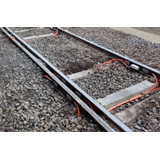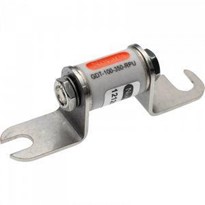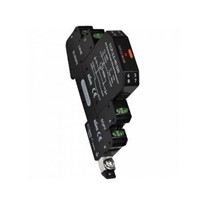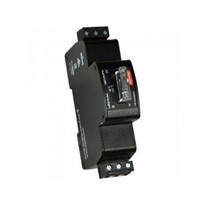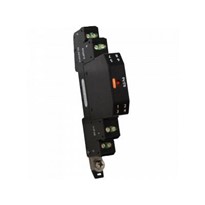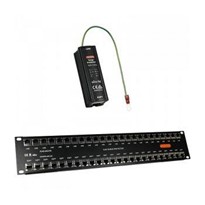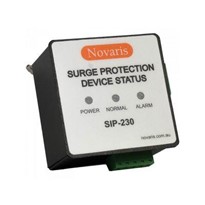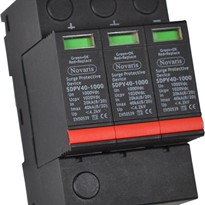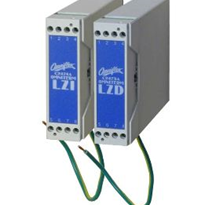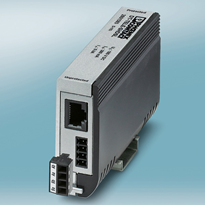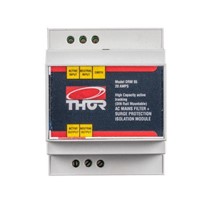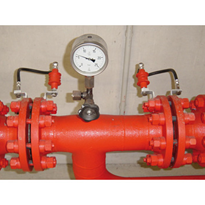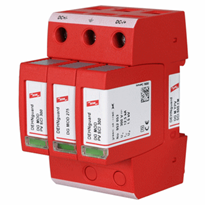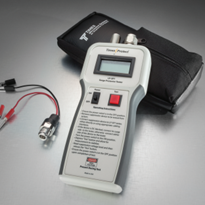Railway signalling is a specialist field containing many types of electrical circuits, many of which are rated to the highest level of functional safety, SIL-4, “Fail Safe” or “Vital” in the traditional railway signalling parlance. Different manufacturers use different electrical systems for power supplies and signalling circuits as well as many special protocols and communications systems for their specific railway systems. Applying electrical surge protection to these systems can be a challenge and must consider three basic points:
- Will the surge protection device (SPD) impact the safety rating of the circuit, even under failure conditions
- Will the SPD provide the desired level of protection to the circuit and its connected elements?
- What voltages and currents will the SPD be exposed too, including standing and fault voltages caused by other electrical systems such as traction and power supply systems
Signalling circuits of the traditional types are safety circuits, such as:
- AC Power distribution
- DC power
- Track circuits
- Signal lighting circuits
- Points drive circuits
- Point detection circuits
- Axle counters
- Miscellaneous Inputs and Outputs
- Line circuits
Safety is implicit in maintaining correct isolation of the individual circuits from each other and from earth faults. It is common in railway signalling to use floating circuits (IT type) even for AC power supply distribution and the use of Earth Leakage Detectors (ELD) is widespread to ensure any faults to earth are detected. What can cause safety issues to all these types of circuits is what is known as an “Un-revealed Fault to Earth”. As the fault is un-revealed it is probably not detected, the fault can persist for many years, even decades. The safety problems then come if a second fault to earth occurs on the same or even a different circuit, this may also be un-revealed. The two faults to earth together can then provide an electrical path between one circuit and another via the earth, potentially causing the wrong control signals to be displayed, locking released or other unsafe conditions such as a track circuit not detecting a train.
The signalling system itself mitigates the effect of these types of unsafe failures by using techniques such as ELD’s, double cutting of external circuits and sequenced release of locking etc. When electrical surge protection is applied to these circuits there will be additional connection paths to earth introduced for passing the surge energy to ground and so these need to be considered carefully as they can impact the safety of the circuit by introducing additional un-revealed earth connections when/if they suffer an internal failure.


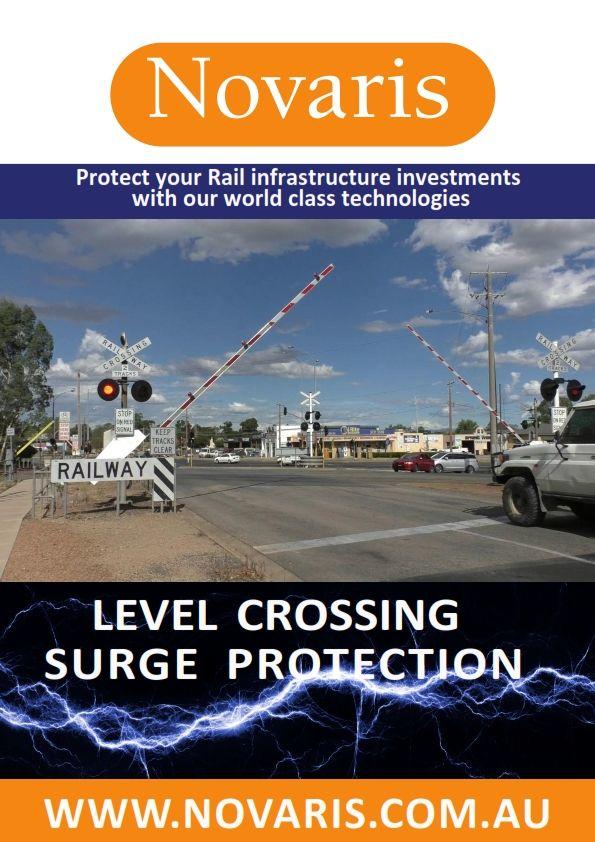


-160x160-state_article-rel-cat.png)
-160x160-state_article-rel-cat.png)



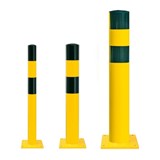




-160x160-state_article-rel-cat.png)



